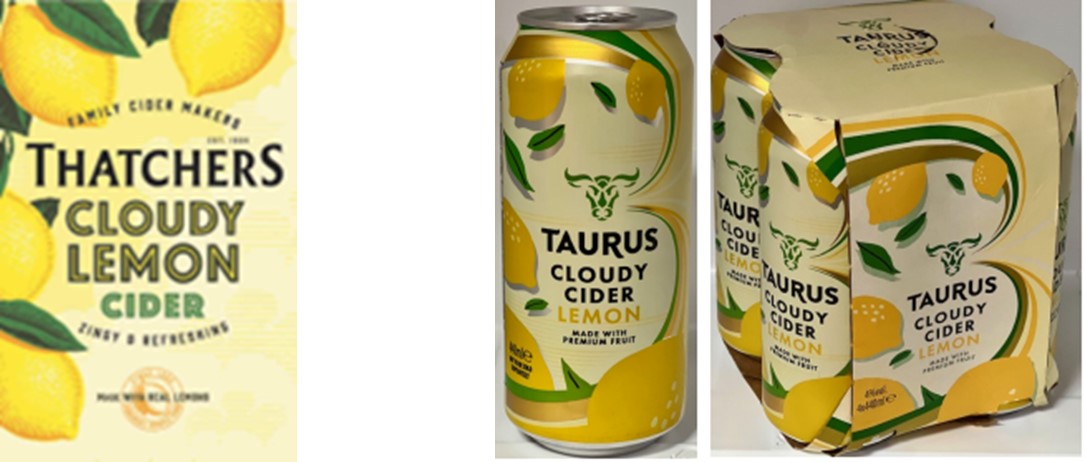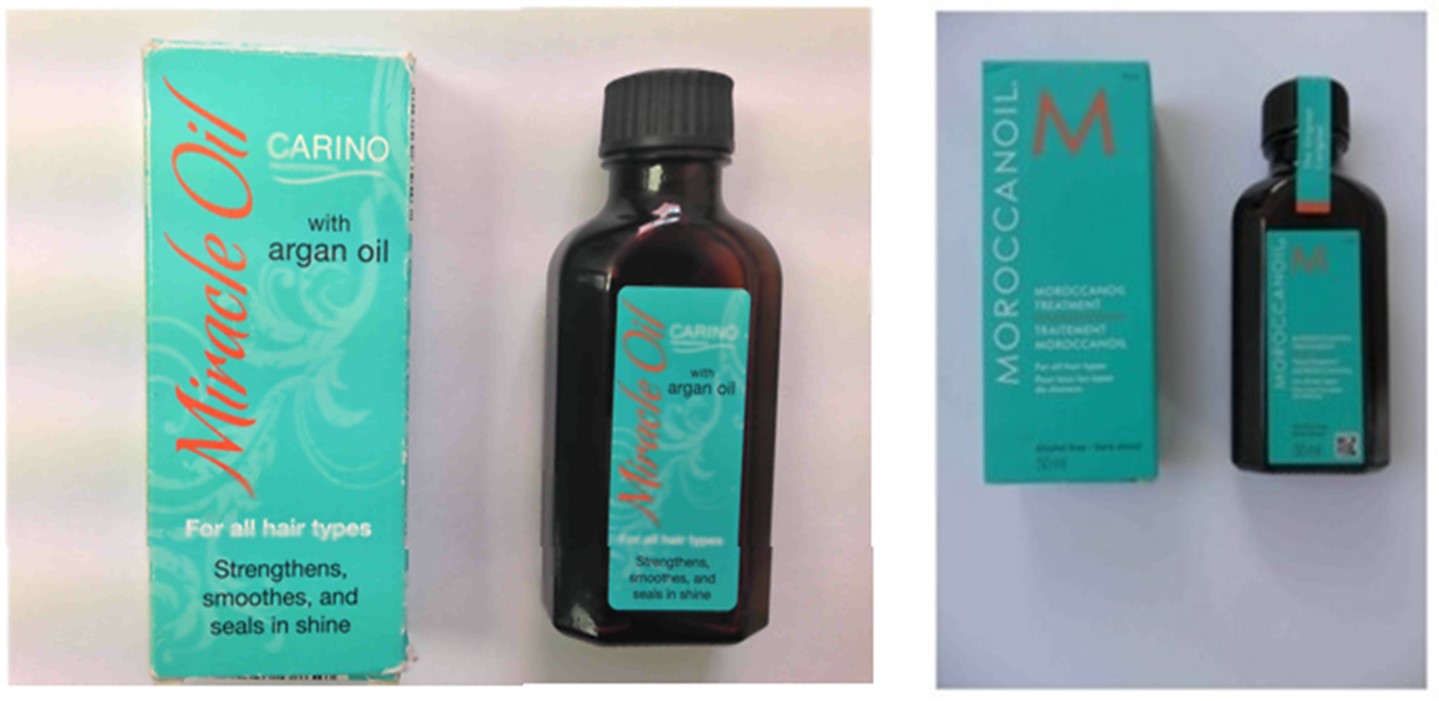
The legal tightrope of brand mimicry by discount supermarkets
In the food and drink space, ‘dupes’ refer to alternative (often, lower cost) products that closely mimic well-known food and drink brands. There is arguably growing acceptance and even preference for ‘dupes’, with many consumers believing they offer equal or better value. The cost-of-living crisis has pushed more consumers into seeking out these lower cost alternatives as part of their regular food shops.
Craig Beaumont, associate trade mark attorney at Barker Brettell, takes a look at the nuanced interpretations of trade mark and passing off laws, and how discount supermarkets are getting away with brand mimicry.
Courts often favour competition and require substantial proof of consumer confusion. Discount supermarkets can develop product packaging that sails close to the wind but contains sufficient differences to circumvent infringement claims. It is widely accepted that a consumer confusion claim almost never succeeds when the ‘dupe’ uses a very different distinctive name, logo, or both on its packaging. Unfair advantage claims are looking like the better route for brand owners going forward.
There are two main categories of ‘dupes’ offered by supermarkets:
‘Private label’ brands
Big name supermarkets often create their own store-branded products that aim to closely mimic the taste and quality of well-known food and drink brands. The primary aim is not direct mimicry but merely to offer consumers a comparable product but at a much lower price. Store-branded products typically use simple packaging with the supermarket name and a description of the product in plain sight for consumers.

‘Lookalike’ brands
Discount supermarkets often create products which mimic not only the taste and quality but also the look and feel of well-known food and drink brands. Well-known food and drink brands spend a fortune developing eye-catching and memorable branding, ensuring their products are immediately recognisable on the supermarket shelves. Discount supermarkets adopt very similar visual cues and tweak them for their own branding. When consumers see the ‘dupe’, the well-known food and drink brand is recalled, and this fosters a sense of familiarity.

IP landscape
A recent phenomenon is for food and drink brand owners to rely on an unfair advantage claim where consumer confusion is not a prerequisite. However, this is still an uphill battle, and it would be fair to say that discount supermarkets are given a fairly long leash in the development of ‘dupes’. Even where it is openly admitted that the brand owner’s reputable packaging was benchmarked in the design process of the ‘dupe’ and consumers recognise the direct mimicry on the supermarket shelves, courts seem quite reluctant to call foul.
Many experts feel this is out of touch with what is happening on the ground. Packaging psychology has a direct impact on consumer decision making. The general reluctance to protect investment into visual cues feels incompatible with one of the main justifications for strong intellectual property protection in the first place: incentivising innovation. If visual cues can be mimicked without fear of legal consequences, brand owners are likely to put less energy and creativity into developing new and exciting products.
Key case law takeaways
Thatchers Cider v Aldi:
Thatchers relied upon a UK trade mark registration protecting the look of their popular cloudy lemon cider can, and made a number of infringement claims against Aldi’s comparable ‘TAURUS’ product. Thatcher’s consumer confusion claim was fended off, mostly due to the presence of the distinguishing ‘TAURUS’ name and bull’s head device. Thatchers’ unfair advantage claim seemed promising but fell at the last hurdle. The courts held that Aldi had no intention to exploit the reputation and goodwill in the look of Thatchers’ popular cloudy lemon cider can (or that Aldi’s actions had the objective effect of doing so). The courts referred to several third-party lemon cider products and held that lemons and lemon leaves were commonplace. No comment was made on differences between such third-party products and the designs at issue. The opposite side of the coin is that there are many designs which Aldi could have come up with, but it took the decision to emulate the look and feel of Thatchers’ packaging.
The courts seemed to place considerable weight on Aldi not becoming more successful (in terms of volume of sales) because of its design choices. This is interesting given Aldi would almost certainly have control over the number of “TAURUS” cloudy cider lemon cans it produces. An unfair advantage claim covers cases where there is a transfer of image of the mark or of the characteristics which it projects to the goods. If evidence showed that consumers were heavily influenced by similar visual cues (overall design and appearance of packaging), perhaps Thatchers would have prevailed over Aldi.

Moroccanoil v Aldi:
The recent decision on the Thatcher’s case demonstrates that not much has changed for brand owners over the last decade. In this 2014 passing off case, Moroccanoil relied upon their goodwill in the Moroccanoil packaging and argued that Aldi’s name (‘Miracle Oil’) and packaging was so similar that a substantial number of consumers would be deceived as to origin. The courts held that if consumers initially assumed that the two products were connected but that assumption is corrected before the purchase is made and Moroccanoil suffers no damage consequently, there can be no actionable misrepresentation. It was acceptable that Aldi made a conscious and deliberate decision to create a ‘dupe’ which recalls the get-up of Moroccan Oil’s product but without leading consumers to falsely assume any trade connection. The courts held that Aldi had been cheeky in its selection of duped packaging but there was no evidence of any single person being deceived.

Does the long-standing principle that someone should not seek to take over another’s goodwill still ring true today? There may be an opportunity to broaden the interpretation of misrepresentation and offer brand owners a leg to stand on against ‘dupes’. Passing off could perhaps be expanded to cover a situation when someone tries to misrepresent their products as having the same or similar qualities as those of another. For example, Aldi’s comparable ‘TAURUS’ product does not contain any real lemons (but Thatchers cloudy lemon cider does), instead it contains citric acid and lemon flavouring.
If Aldi’s ‘dupe’ brings Thatcher’s own cider into the forefront of the consumer’s mind, there is a risk of a ‘misrepresentation’ taking place. Consumers may be tricked into believing that they are getting the same premium product but at a much lower price. Should brand owners not have more protection against third parties potentially damaging the power of attraction of their goodwill?
Final thoughts
The Consumer Protection from Unfair Trading Regulations (CPRs) may also be able to plug the gap. ‘Duped’ packaging may breach the CPRs if it contains false information, or the overall presentation is likely to deceive the average consumer. At present, the CPRs can only be enforced by specific bodies (for example, Trading Standards). Notably, little cases have been brought by them. Inadequate funding is mentioned as one of the key reasons. Brand owners hoped that the government might allow them to enforce the CPRs directly, but this has never happened.
Provisions against misleading comparative advertising might also help combat ‘duped’ packaging. Discount supermarkets are arguably making an implicit comparative claim with ‘dupes’ by marketing taglines to the effect of “we are like the brand you know but cheaper”. This behaviour may well trick the consumer into believing such products use the same ingredients and method of manufacture and benefit from the same reputation or image. In cases where the ‘duped’ packaging relates to lower quality and/or less ethical products, there may be a justifiable case to prevent consumer detriment.



